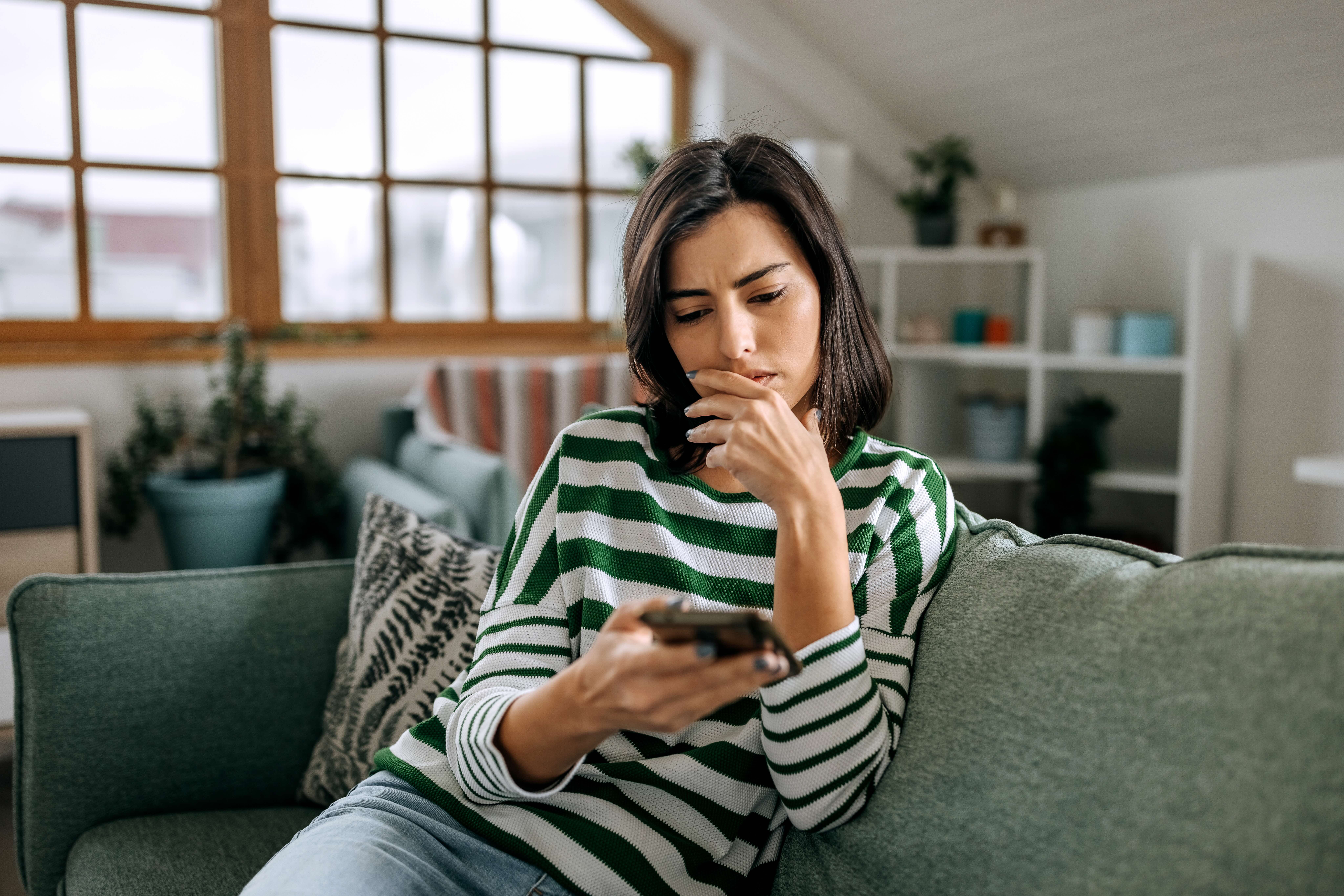
How much does it cost to run your household appliances - a breakdown
Energy prices have been climbing in Australia over the last few years and Aussies are feeling the pressure.

Energy prices have been climbing in Australia over the last few years and Aussies are feeling the pressure.

A lot of people tend to receive their energy bill, pay it and wait for the next one to roll around without putting too much thought into what they’ve just received. While this may be perfectly fine for some people, it may see others paying for more energy than they’ve used while driving up the price of your energy bill.

With the hotter weather, also comes higher energy bills. But rather than just brace yourself for an eye-watering account statement at the end of summer, a smarter way to potentially slash your bill is by being more switching savvy.

The Australian Energy Regulator (AER) has released a draft determination for the Default Market Offer (DMO) for the 2025-26 period, proposing increases in electricity prices for residential and small business customers in New South Wales, South East Queensland, and South Australia.

If you’ve ever felt like your electricity bill is written in a secret code, you’re not alone. Between confusing charges, seasonal rates, stepped pricing, and “loyalty” penalties for not switching, keeping up with energy costs can feel like a full-time job.
.png)
Are you leaving money on the table by sticking with your current energy provider? Mozo's latest research reveals that Aussies could save hundreds of dollars a year by making the switch. With energy prices climbing higher than ever, the power is truly in your hands to cut costs and take control.